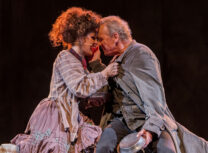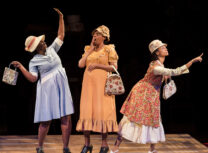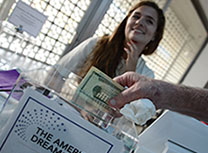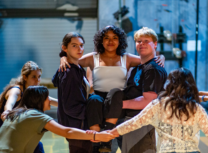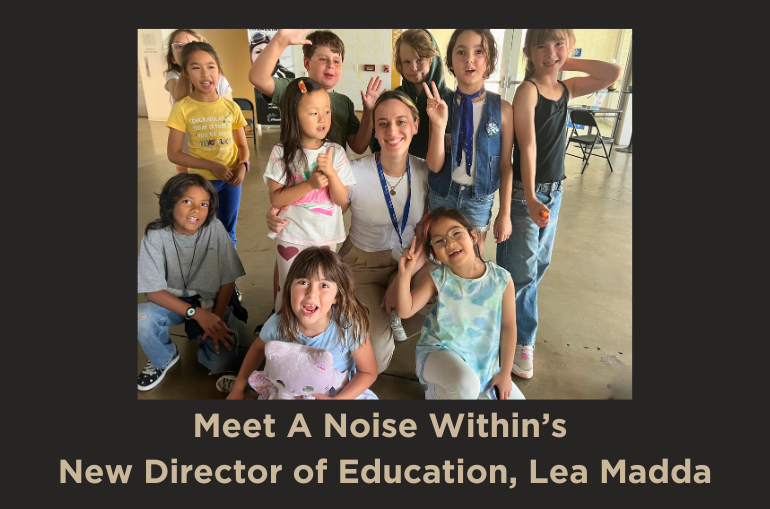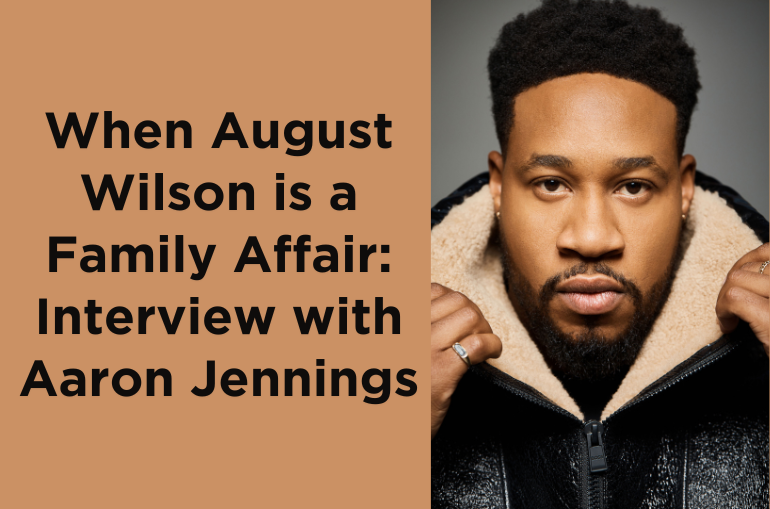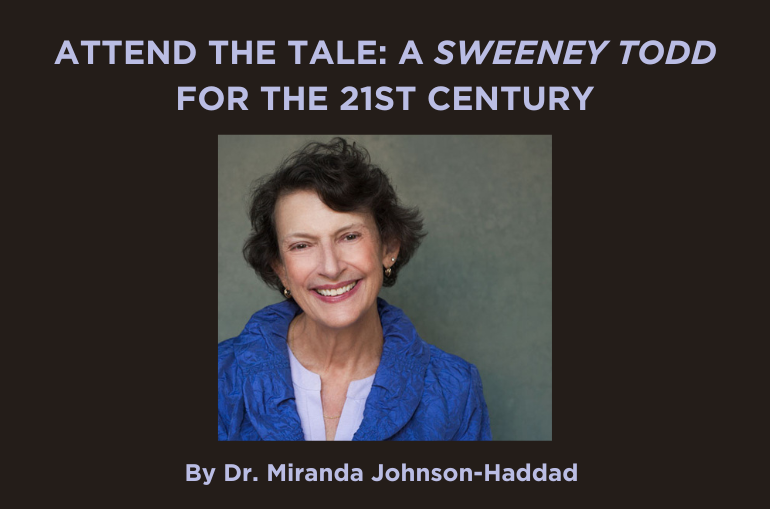Q&A With Anna Director Jonathan Muñoz-Proulx

By A Noise Within
January 21, 2022
Get inside the mind of Director Jonathan Muñoz-Proulx (he/him) as he delves into his vision for Anna in the Tropics and what he is looking forward to showing onstage this spring!
What attracted you to Anna in the Tropics?
I’m attracted to how visceral the play is. It engages the senses. There’s the heat, the smoke, the smells, the action, the playfulness, an attraction, and the tension. The language is so poetic and decadent that the play is practically immersive, transporting us onto the factory floor and deep into the fantastic imaginations of the workers.
What is your role as the director? What is your typical process when you begin a new project?
As director, I work to create cohesion between many artists’ visions (designers, actors, playwright). I oversee the project and ensure that we’re on track, but most importantly to me: I’m a surrogate for the audience. I have the privilege of responding to the play before anyone else sees it, and I’m able to share any reactions I’m having to the story with my team of actors and designers. There usually isn’t a “wrong” choice. However, all artistic choices have a ripple effect—both benefits and consequences. I try to track the arc of each character, their relationships to each other, and the play as a whole to make sure we’re headed in the direction we’re hoping to.
I also think a lot about the musicality of a play. Similar to classical music, many plays have chapters or acts that crescendo or decrescendo. For example, if there’s an incredibly joyous moment—like a celebration—many plays are structured so that a dramatic event occurs soon after. Part of my job is to make sure the musicality/momentum of the play hits those peaks and valleys. One thing you want to avoid on stage is neutrality. Everything is either positive or negative. Characters are either growing closer together or further apart. Actions are either pleasing or disappointing—and the director helps sculpt those shapes in the play.
How did you first become interested in directing?
I was an actor in high school and college and continued acting for some time after college. I gravitated towards directing because I felt I had more agency to tell the stories I wanted to tell, and I felt empowered to build a community of artists around those stories. I’m also a very visual person, so I found directing to be incredibly rewarding—especially because I could help sculpt the “picture” of each scene.
While I never formally studied directing, when I was younger, I learned a lot about picture, composition, lines, and color by going to LA museums and galleries on days admission was free. I became very interested in how a viewer’s focus was guided through a picture and how to use space in different ways. For me, visual art connected so obviously to live theatre—both are in a frame—the main difference being that theatre incorporates many, many pictures into one production.
I started by directing at a local high school and at Fringe festivals. Then I began directing at small theatres, then universities, and now ten years later, I’ve been able to direct at much larger venues like The Theatre at Ace Hotel and the Walt Disney Concert Hall.
Who is your favorite character in Anna in the Tropics, and why?
Oh, gosh. This is such a hard question. My first thought is to say Cheché. He’s such a fascinating character who is constantly up against conflict, and I’m incredibly intrigued by his complexity. My other answer would be Juan Julian because of his love for literature. I’m absolutely obsessed with books and can relate to how deeply he honors and uplifts the magic of language and storytelling.
I’m also really excited by the juxtaposition between these two characters—Cheché and Juan Julian. One is the honored guest; the other is the outcast. One is the dreamer; the other is the realist. One is rooted in tradition; the other in modernity. One navigates conflict with language, the other with violence. I’m so looking forward to seeing these two characters share the stage.
Why this play right now?
First, the play is incredibly beautiful and powerful, making any time a welcome invitation to enter this world. In this moment, however, I can’t ignore the fact that we’re all surviving a devastating pandemic pause. Anna in the Tropics, though beautifully poetic, ends with a tragedy.
As I read and re-read this play, I think a lot about New Year’s Eve 2019: there’s a profound gift in Not Knowing. Because none of us could have imagined the extraordinary loss that was to come, we were able to experience such joy. Anna in the Tropics is a play filled with joy. None of these characters could possibly imagine the tragedy that is to come, let alone the worldwide economic devastation of the Great Depression— only one year in their future. The Gift of Not Knowing allows these characters (and us) to find peace and play and in our lives—even when the future is unknown.
What part of the play are you most excited to see come to life?
The party! I’m so excited to see these characters transform the factory floor into a festive, warm, romantic celebration of new beginnings. I’m excited for the glow of the lanterns, the playfulness personalities, and the spirited optimism for the future.
Learn more about Anna in the Tropics.
